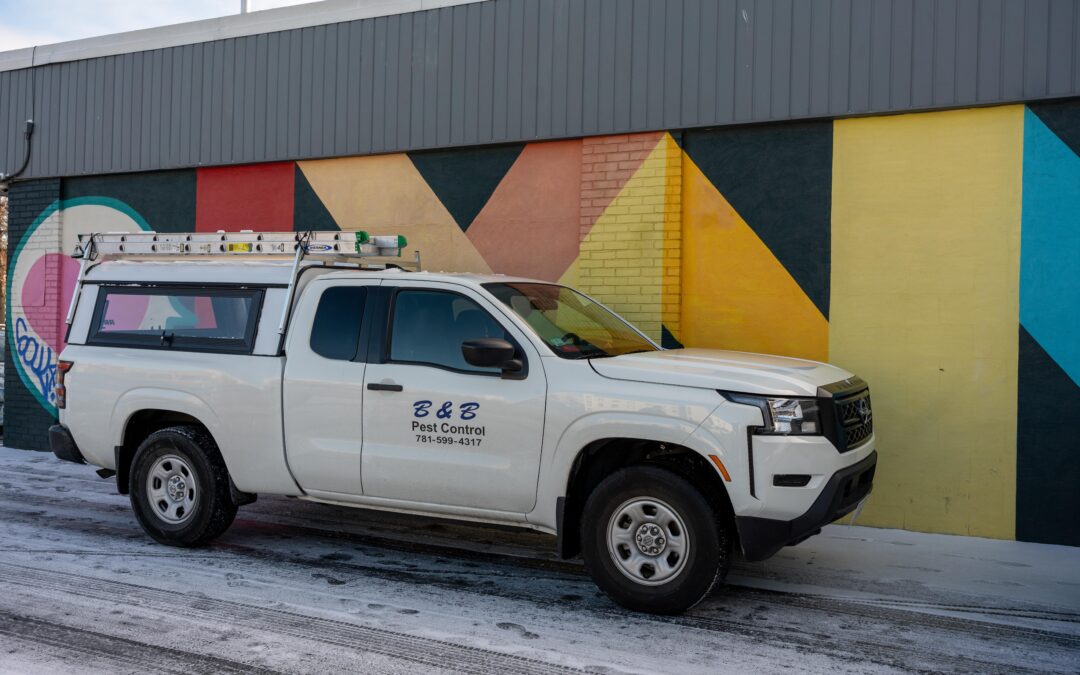Termites are notorious for causing damage to property, especially homes. As a homeowner in Boston, it’s important to understand the different termite species that exist in the area. With this knowledge, you’ll be able to identify and prevent termite infestations effectively. In this blog post, we’ll go over the different termite species in Boston and how to distinguish them.
Eastern Subterranean Termites:
Eastern Subterranean Termites are one of the most common termite species in Boston. These termites reside underground and forage above ground for cellulose material, usually found in wood. They prefer moist soil and may cause severe damage to homes if not detected. They’re smaller, ranging from ⅛ to ⅜ inches in size, and often appear white or clear. If you notice mud tunnels running up the foundation of your home, it’s likely that you have an infestation of Eastern Subterranean Termites.
Drywood Termites:
Drywood Termites are another termite species Bostonians need to be aware of. These termites differ from Eastern Subterranean Termites because they nest inside the wood they consume. This species is smaller than Eastern Subterranean Termites and ranges from ⅛ to ⅜ inches. Drywood Termites typically infest the upper levels of the home or in attics, and they produce a unique, dry, and gritty fecal pellet that often accumulates beneath infestations.
Dampwood Termites:
Dampwood Termites are the largest termite species in Boston, ranging from ⅜ to ¾ inches. Dampwood Termites require a high moisture environment and typically infest wood that’s already wet or damaged. They infest wood sources like tree stumps, logs, and dead trees, making properties near wooded areas more susceptible to infestations. Dampwood Termites can cause significant damage to the home, especially if infestations are left for long periods.
Conehead Termites:
Conehead Termites are another species that Bostonians should be aware of. This species was first introduced in Southern Florida and has since spread to other areas of the United States, including Massachusetts. Conehead Termites are unique in that they can establish themselves outside the soil, typically in tree stumps or logs, and quickly get into the upper level of a property. This makes them more difficult to detect, and they have the potential to be even more destructive than the Eastern Subterranean Termites or the Drywood Termites.
Knowing the termite species that exist in Boston is crucial in protecting your property from termite infestations. Each termite species has its own unique characteristics, making it easier to identify them when they are present. If you notice any signs of termite infestation around your home, don’t hesitate to contact a professional termite control company immediately. Professional pest control services can help you detect and treat termite infestations effectively, preventing further damage to your home.

